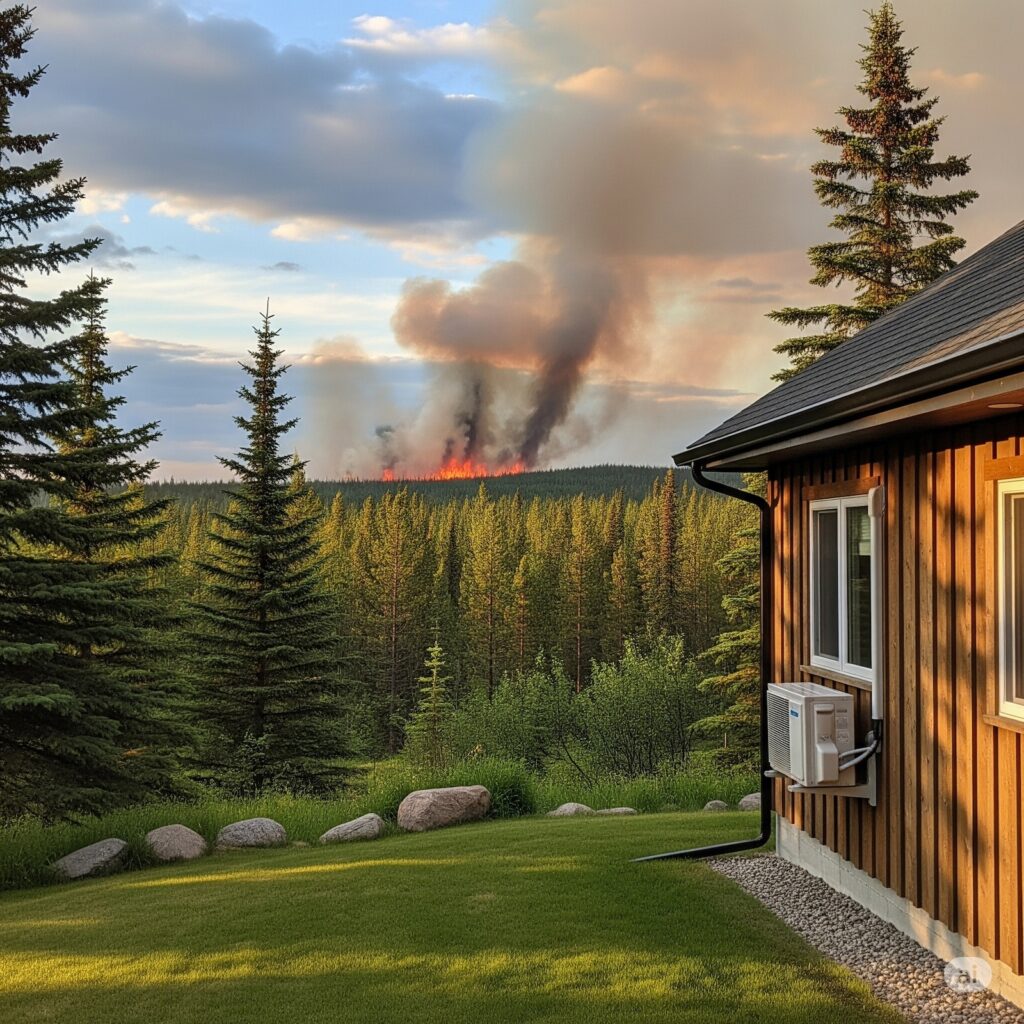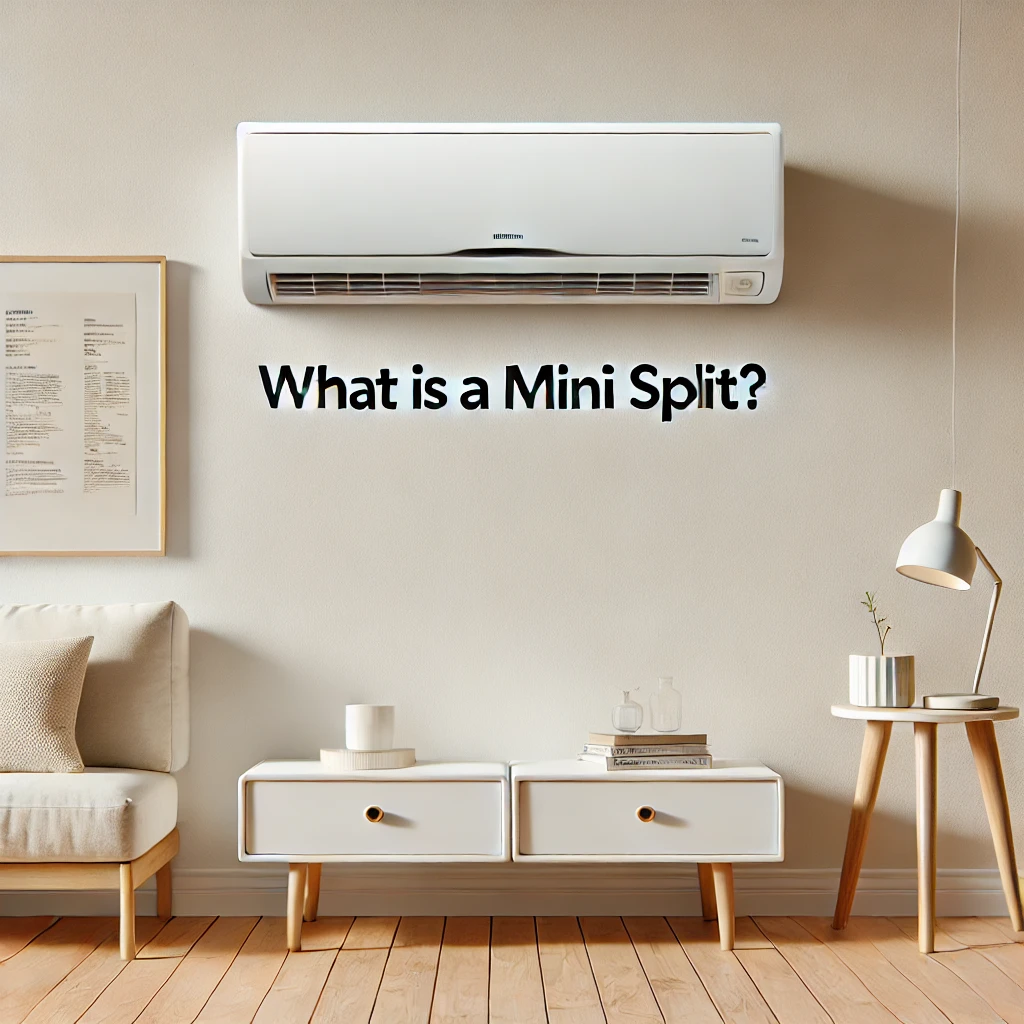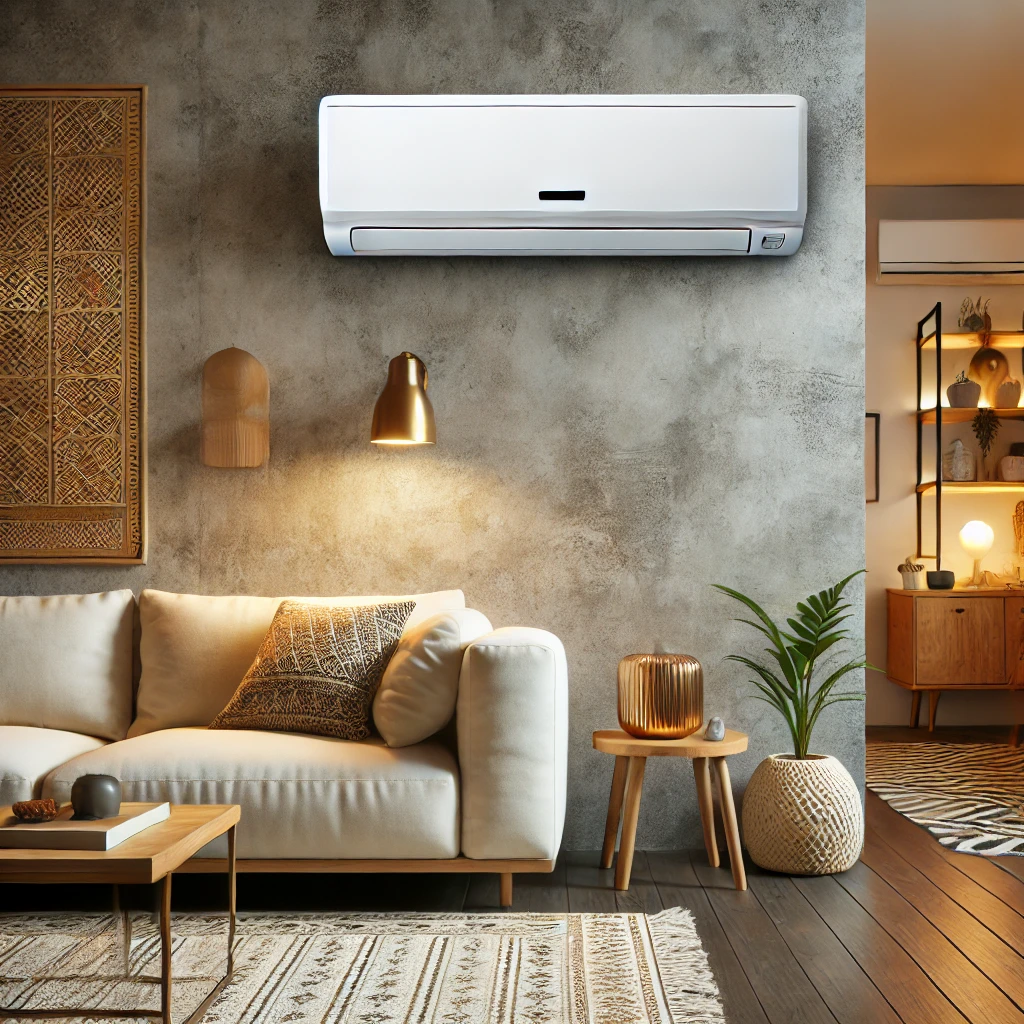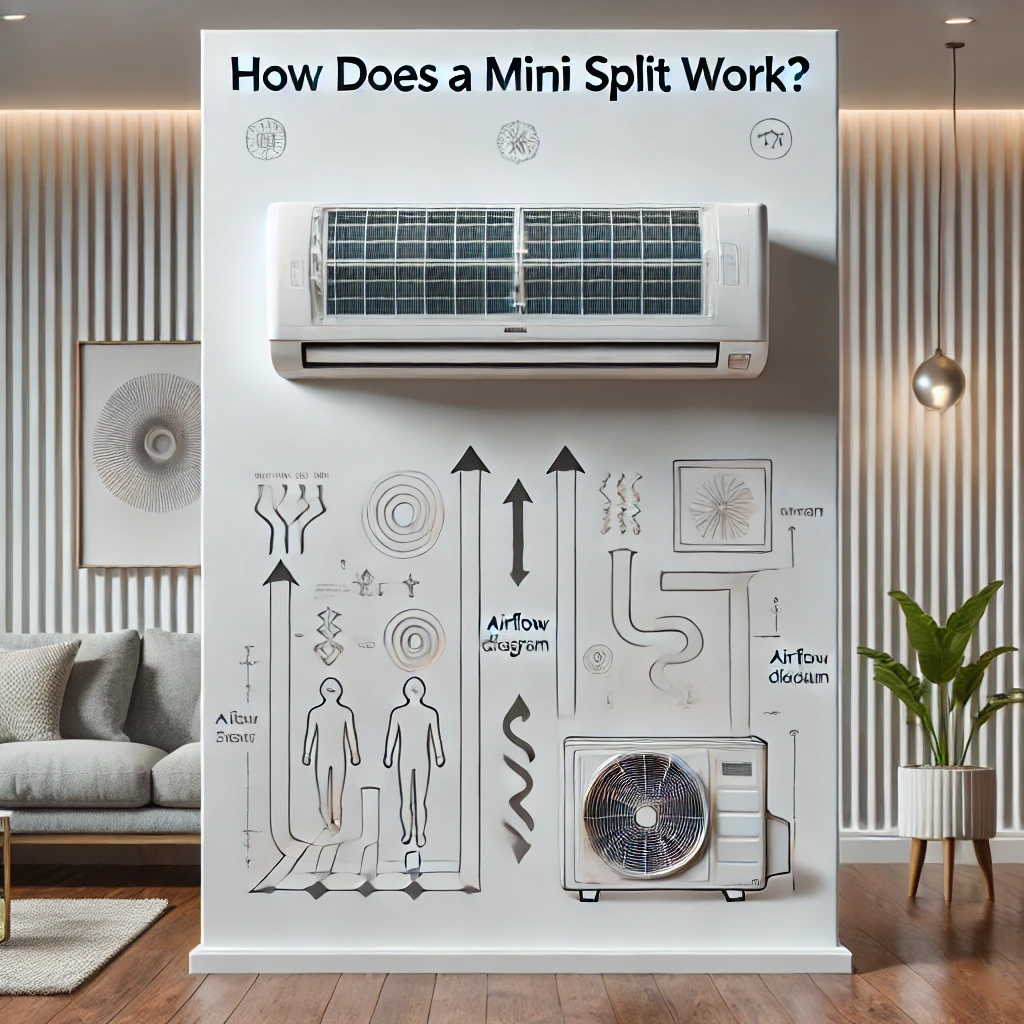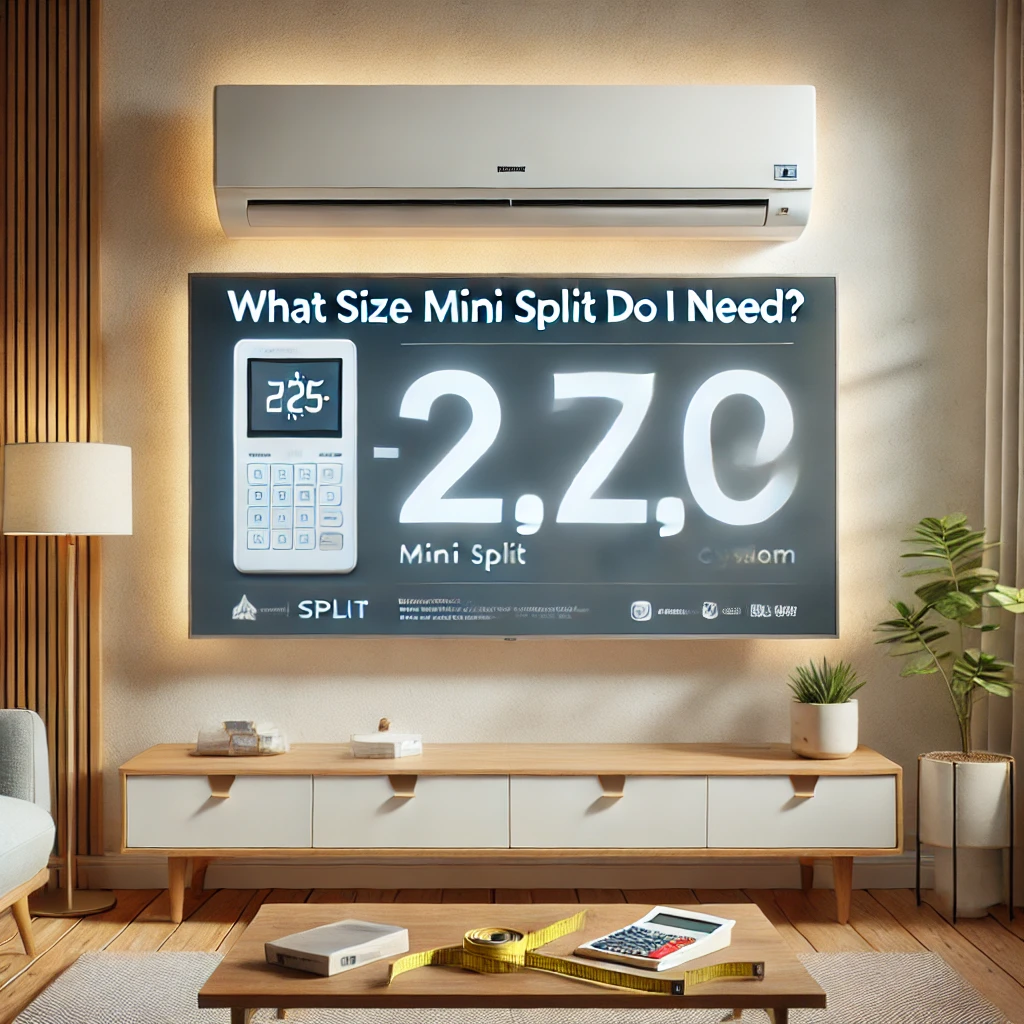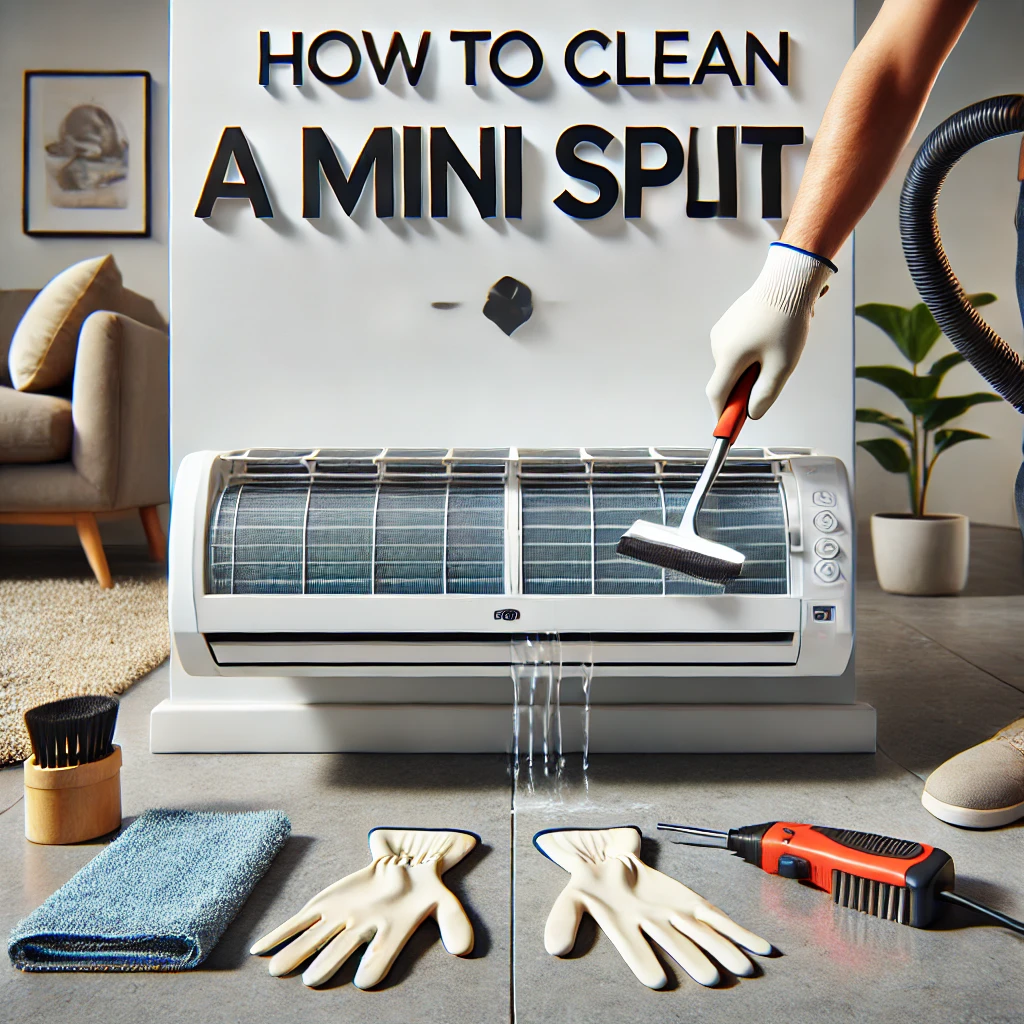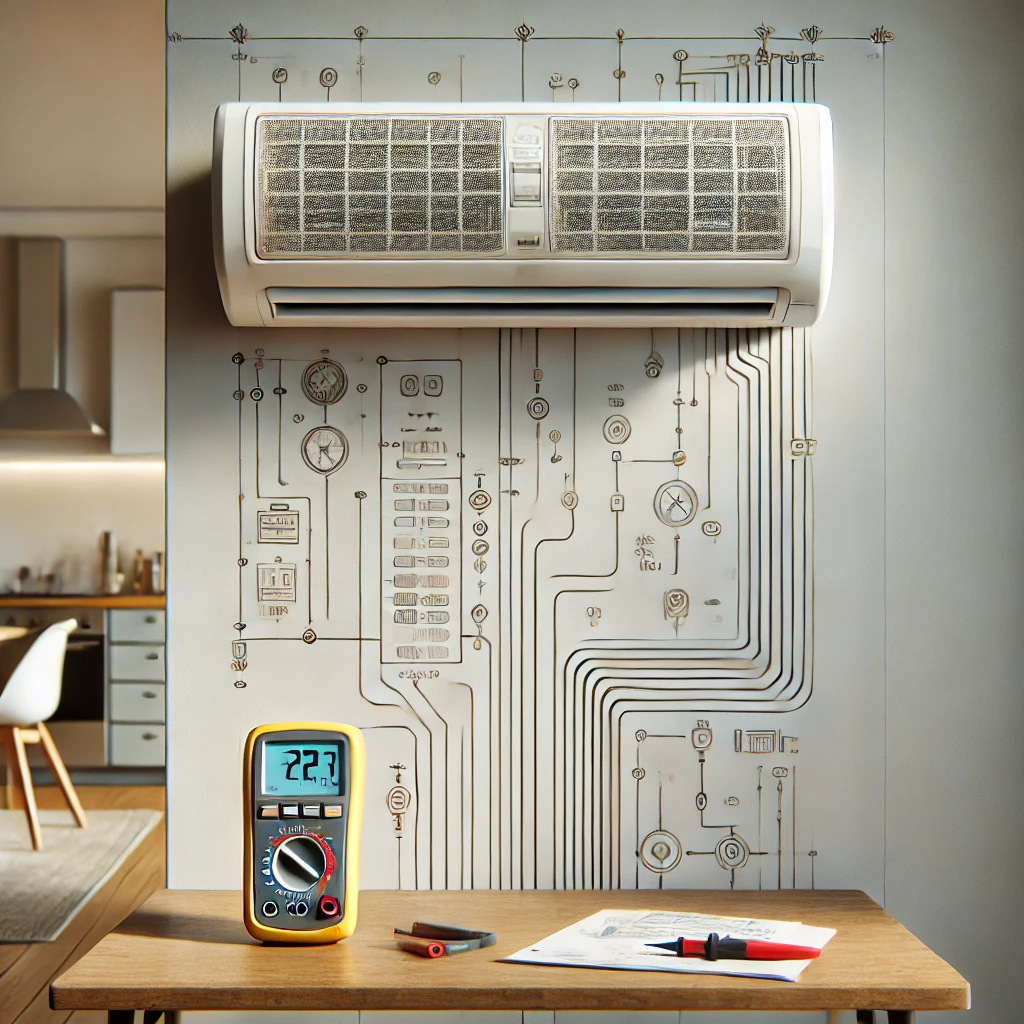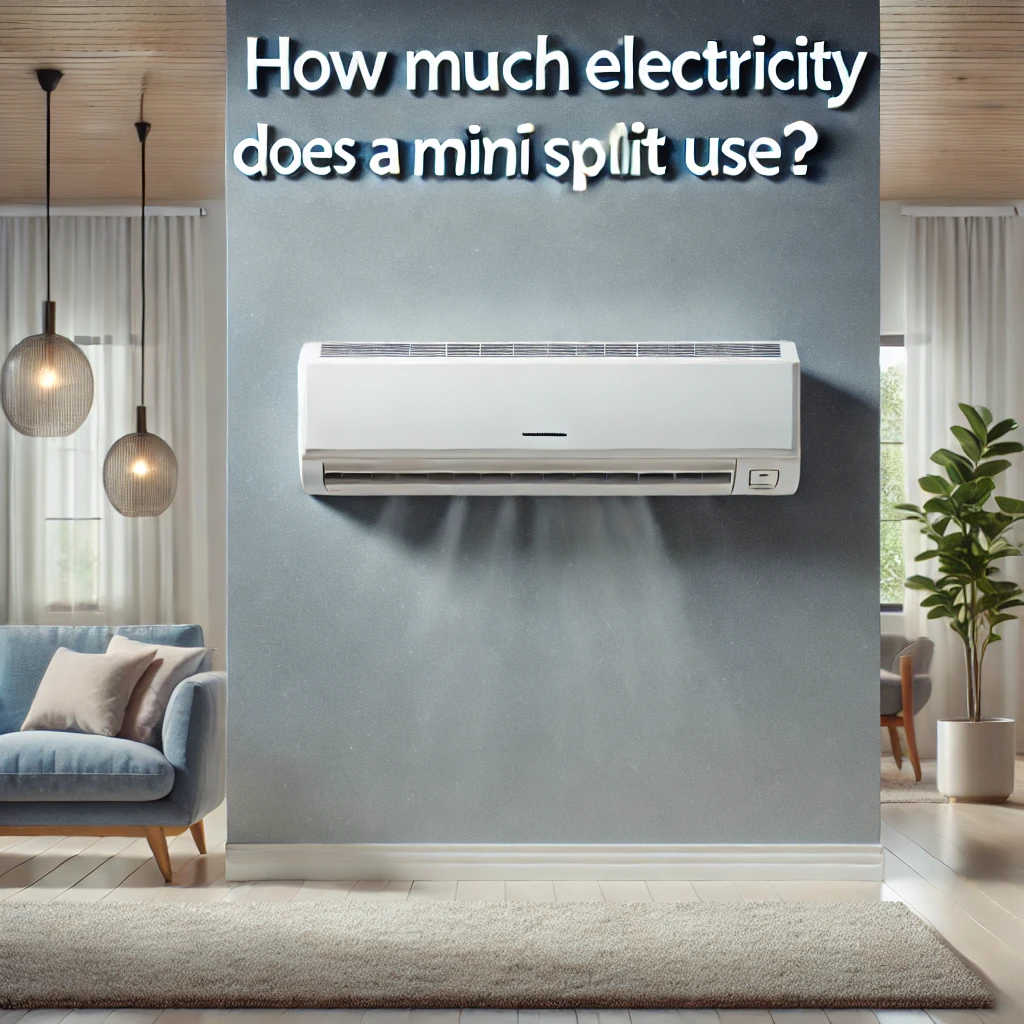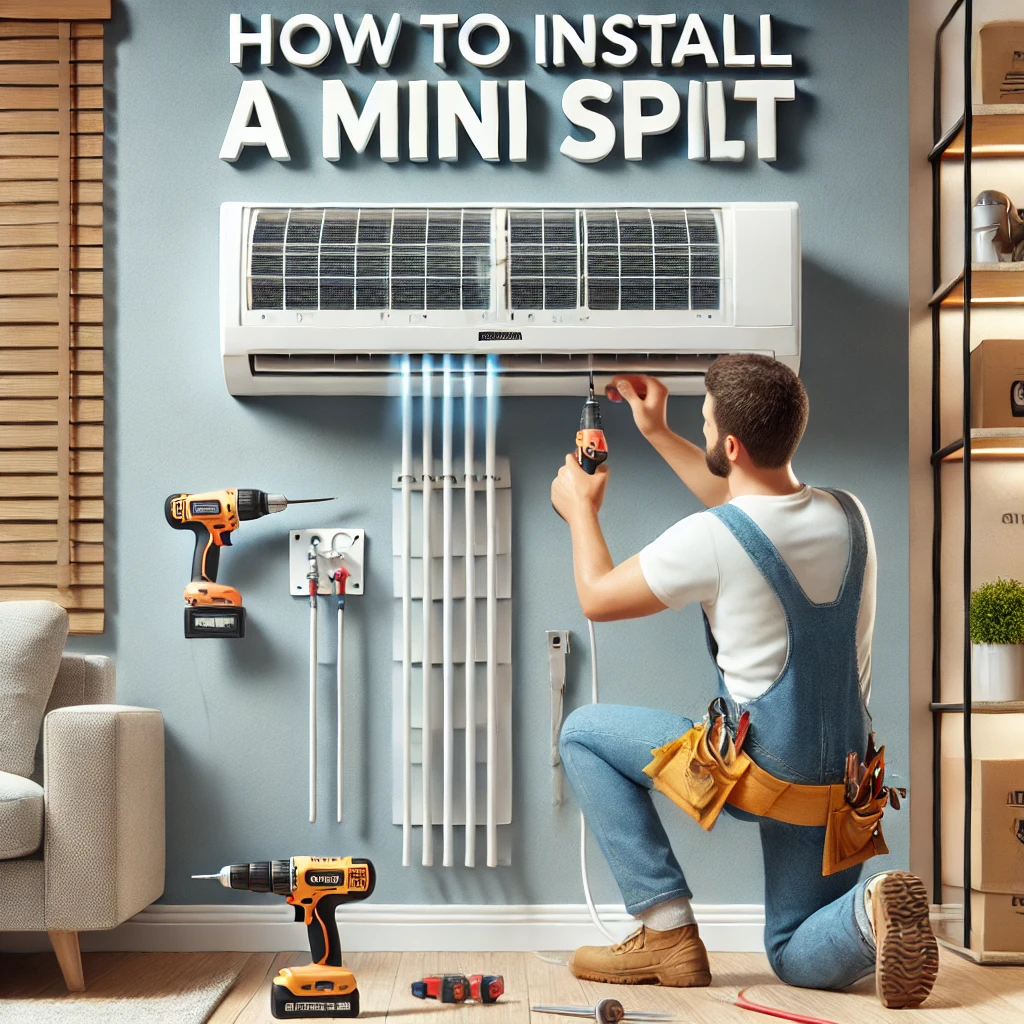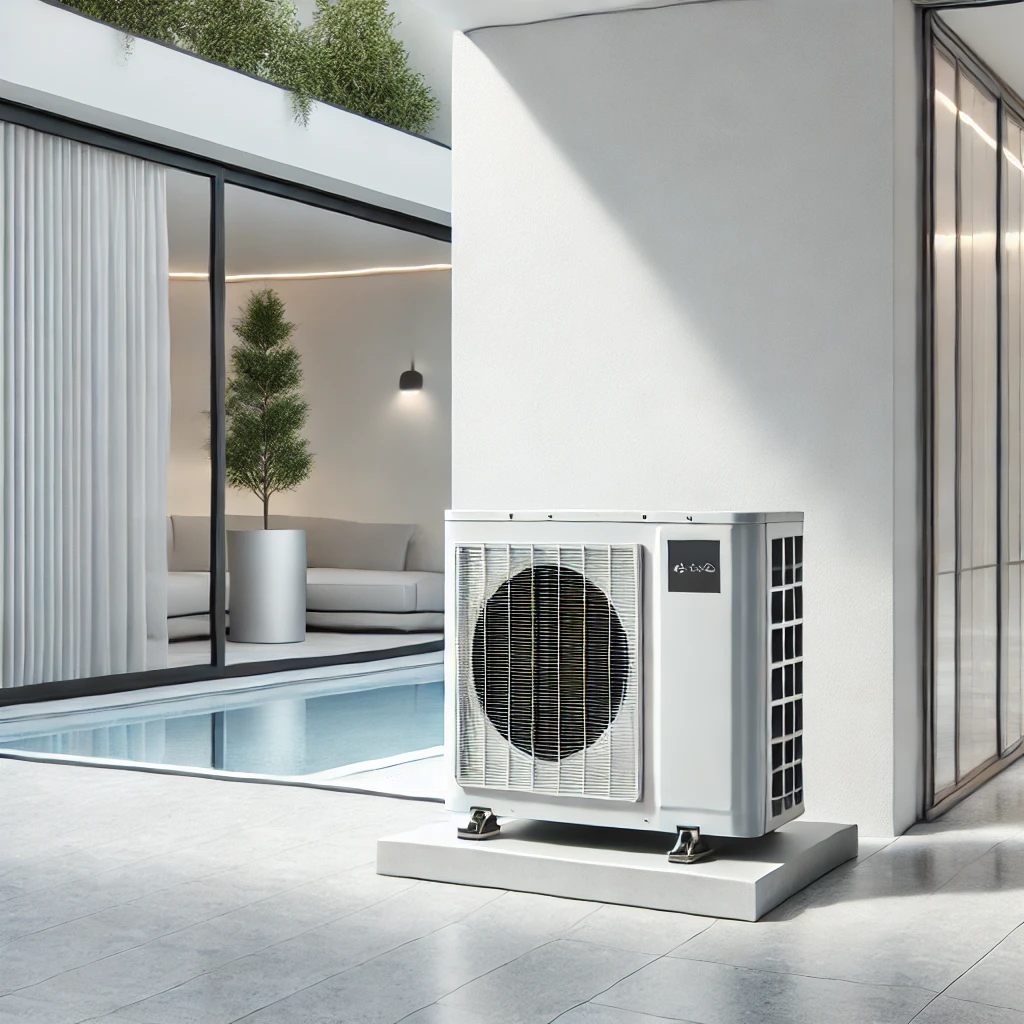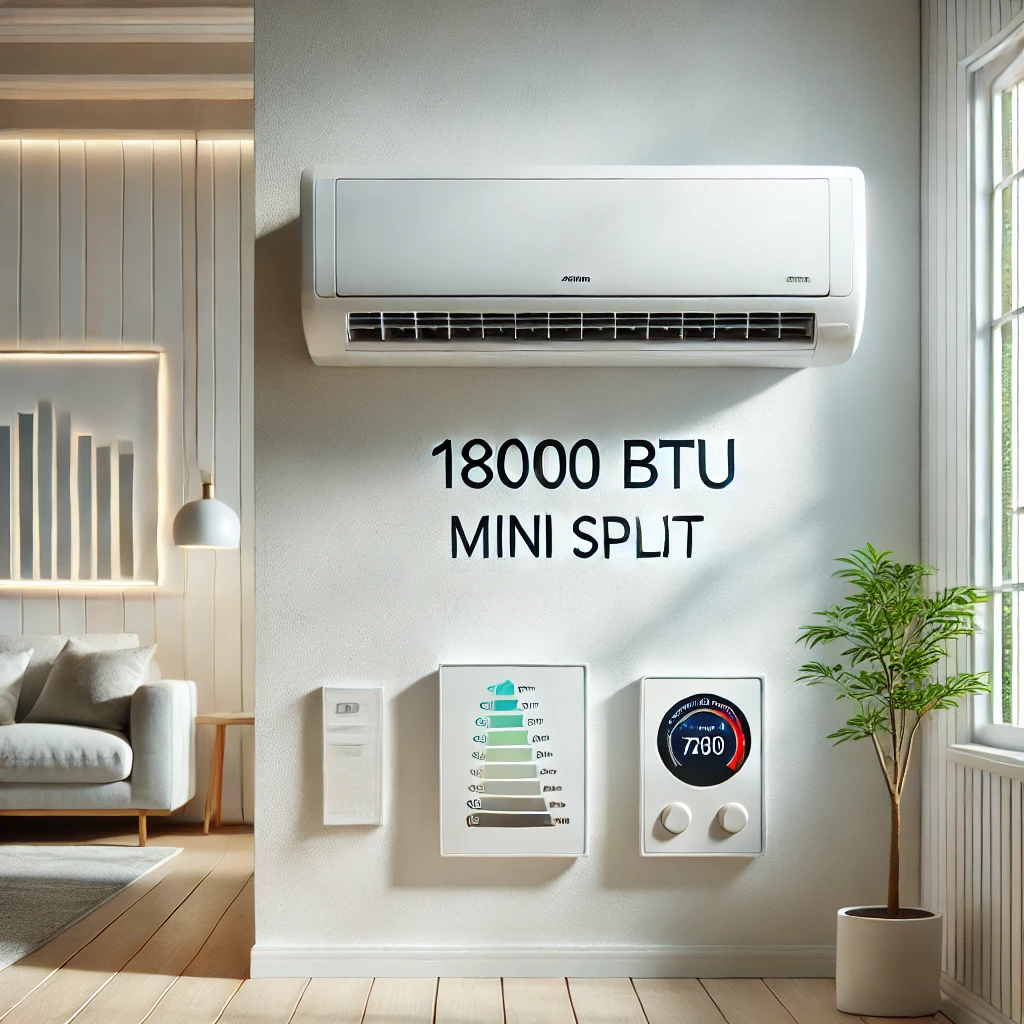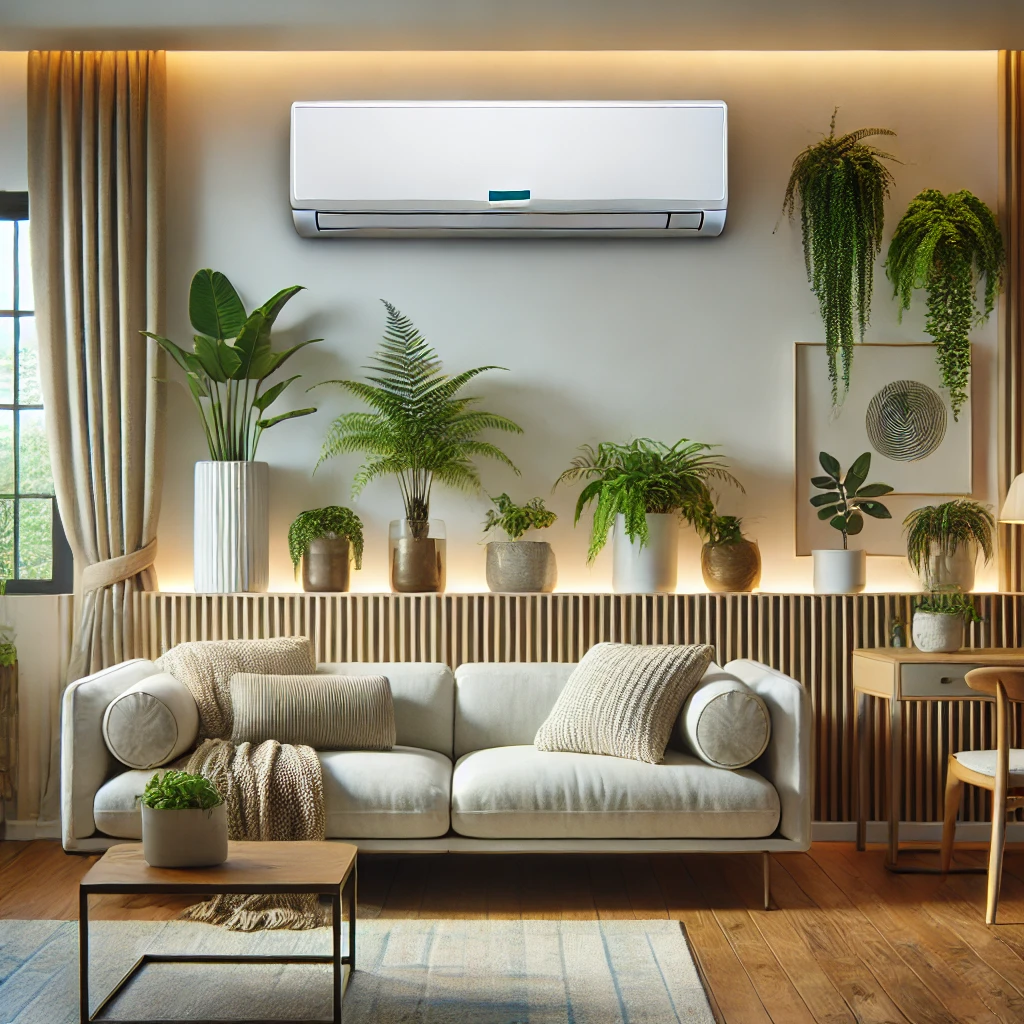You know that gorgeous, clean air we usually brag about? Yeah, when wildfire season hits, that can vanish faster than a poutine at a hockey tournament. Suddenly, the air outside feels thick enough to chew, and you’re eyeing your trusty mini-split – that sleek unit humming away on your wall – wondering, “Buddy, are you helping me or making it worse in here?”
Take a breath (well, maybe a shallow one for now). I’m here to tell you that your mini-split can actually be a secret weapon in the battle against wildfire smoke infiltration… IF you understand its quirks and use it right. Unlike those clunky old furnace-and-duct systems sucking air straight from the smoky outdoors like a vacuum cleaner, mini-splits have some built-in advantages for this specific mess. But – and this is a big but, like moose-on-the-highway big – their standard setup ain’t perfect. We gotta work with ‘em.
Think of it like this: Your mini-split is basically a recirculation ninja. It grabs air from inside your house, chills it (or heats it), and spits it back out. No giant hole in your wall constantly sucking in the outside gunk? Huge win during smoke season. Plus, no ductwork running through your attic or crawlspace acting like a superhighway for dust, ash, and whatever else is floating around? Another win! Less hidden nasties getting stirred up.
Here’s the kicker, though: That little mesh filter behind the front panel? The one you maybe rinse once a year if the guilt gets too strong? Yeah, that’s the MVP for dust bunnies and cat hair, but against the fine, nasty PM2.5 particles in wildfire smoke – the kind that burrow deep into your lungs and make you feel like you smoked a pack of Export ‘A’s just breathing? It’s about as effective as a screen door on a submarine. PM2.5 is bad news, especially for the kiddos, the elders, and anyone with wonky lungs. We gotta trap that stuff.
So, the Bottom Line Up Front (Like a good Canadian should):
-
Your mini-split is generally GOOD for smoke situations because it mostly just moves your inside air around (no forced outdoor air intake).
-
Its standard filter is WEAK against serious smoke particles (PM2.5). It catches the big chunky ash you can see, but not the invisible lung-busters.
-
Success is all about strategy: Sealing up your house tighter than a Montreal winter, running that mini-split smart, and teaming it up with some serious backup muscle (HEPA filters – we’ll get there).
Think of your mini-split as the goalie. A good one keeps the big stuff out, but against a relentless barrage of smoke, even Carey Price needs a solid defense in front of him. That’s sealing your house and adding HEPA filtration.
Alright, team, let’s get tactical. You wouldn’t head into a -40° Winnipeg winter without checking your furnace, right? Same deal here. When wildfire smoke rolls in, it’s not the time to realize your house leaks like a rusty fishing boat or that your mini-split’s filter looks like it’s been storing last year’s dust bunnies.
We’re playing defense here. And like any good Canadian defense (looking at you, 1972 Summit Series), it’s all about sealing gaps, staying clean, and being ready for the onslaught.
Pre-Smoke Season Prep – Gearing Up Your Fortress (House) & Goalie (Mini-Split)
Alright, team, let’s get tactical. You wouldn’t head into a -40° Winnipeg winter without checking your furnace, right? Same deal here. When wildfire smoke rolls in, it’s not the time to realize your house leaks like a rusty fishing boat or that your mini-split’s filter looks like it’s been storing last year’s dust bunnies.
We’re playing defense here. And like any good Canadian defense (looking at you, 1972 Summit Series), it’s all about sealing gaps, staying clean, and being ready for the onslaught.
Step 1: Fortify Your Castle (a.k.a. Seal the Cracks)
Wildfire smoke doesn’t knock politely—it sneaks in through every unguarded nook like a raccoon into your garbage bin. Your mission? Lock it out.
Windows & Doors:
-
Check weatherstripping – If it’s cracked or missing, replace it. (Pro tip: The adhesive foam kind from Canadian Tire is cheap and easy.)
-
Door sweeps – If light shines under your door, so does smoke. Install a sweep or slap down a rolled-up towel in a pinch.
-
Window film kits – If your windows are drafty, those shrink-wrap insulation kits help more than you’d think.
Big Leaks (AKA “Why Is There a Breeze in My Basement?”)
-
Electrical outlets & plumbing penetrations – Spray foam or caulk around gaps where pipes/wires enter your house.
-
Dryer vents & exhaust fans – Make sure dampers close properly when not in use.
The Attic & Crawlspace (If You’re Feeling Ambitious)
-
Attic hatch? Seal it with foam tape.
-
Crawlspace vents? Consider temporary covers during heavy smoke (just remember to remove them after).
Why this matters: A tightly sealed home means less smoke gets in, which means your mini-split (and any air purifiers) don’t have to work as hard.
Step 2: Give Your Mini-Split a Pre-Season Tune-Up
Your mini-split is like a snowblower—if you don’t maintain it, it’ll wheeze and struggle when you need it most.
A. Filter Check (The Most Important 5-Minute Task)
-
Pop the front panel (usually just clips or a couple screws).
-
Pull out the filter – If it looks like it’s been collecting dust since the last Blue Jays playoff run, it’s time for a wash.
-
Rinse with lukewarm water (no soap needed—just a gentle stream).
-
Air-dry COMPLETELY before putting it back. (A damp filter grows mold faster than a hockey bag left in the trunk.)
B. Indoor Coil Inspection (If You’re Not Squeamish)
-
Behind the filter, you’ll see the coil fins (looks like a radiator).
-
If they’re caked in dust, gently vacuum with a soft brush attachment. (Don’t bend the fins—they’re delicate like a rookie in their first NHL shift.)
C. Outdoor Unit Quick Check
-
Clear debris (leaves, branches, anything blocking airflow).
-
No need to deep-clean yet—we’ll do that after smoke season (hosing it down now just makes mud).
Step 3: Assemble Your Smoke-Fighting Backup Squad
Even the best mini-split can’t stop PM2.5 alone. You need HEPA air purifiers—the equivalent of putting a moose-sized bouncer at your door.
Buying a HEPA Purifier?
-
Look for “True HEPA” (not “HEPA-like”).
-
Match the size to your room (bigger = better).
-
CARB-certified = no ozone (bad for lungs).
-
Canadian brands like Blueair, Levoit, or Coway are solid picks.
Budget Option: DIY Air Cleaner (For Emergencies)
-
Box fan + MERV 13 furnace filter (duct-taped together).
-
Only use NEW fans (old ones can overheat—fire risk).
-
Not as good as real HEPA, but better than nothing.
Step 4: Set Up Your Early Warning System
Smoke moves fast. Don’t wait until you smell it—track it.
-
Apps: AirVisual, WeatherCAN, or PurpleAir (for real-time PM2.5 levels).
-
Indoor monitor? Awair or AirThings (nice, but not essential).
Final Pre-Smoke Checklist
✔ Sealed major leaks (windows, doors, vents)
✔ Cleaned mini-split filter & checked coils
✔ Have at least one HEPA purifier per main living area
✔ Downloaded air quality apps
✔ Backup plan for power outages? (Battery packs for purifiers?)
Alright, team—house sealed, mini-split prepped, HEPA on standby. Now we’re ready for the real talk: How to actually RUN your system when the smoke hits.
Operating Your Mini-Split When the Air Outside Looks Like a Campfire Gone Wrong
Okay, folks, the smoke is here. The sky’s turned an eerie orange, the air smells like a bonfire that won’t quit, and your weather app just hit “Very Unhealthy” on the air quality scale. Time to put that pre-season prep to work.
Here’s the game plan for running your mini-split when wildfire smoke is thick enough to taste.
1. Keep That Mini-Split Running (But Not Necessarily Cooling/Heating)
Your mini-split’s biggest advantage? It recirculates indoor air instead of gulping in the smoky outdoor stuff. So even if you don’t need cooling or heating, keep the fan running.
-
Set it to “Fan Only” mode – This keeps air moving through the filter (minimal particle capture, but better than stagnant air).
-
Crank the fan speed to high – More airflow = more chances for particles to get caught (even if the filter isn’t HEPA-level).
-
Avoid “Auto” mode – You don’t want the system shutting off between cycles.
Pro Tip: If you do need cooling, set the temp a few degrees higher than usual so the compressor isn’t running constantly. Less strain on the system.
2. Lock Down Your House Like a Winter Storm’s Coming
Smoke will seep in through every crack, so:
-
Close all windows and doors (yes, even that one in the basement you never use).
-
Seal gaps with towels or draft stoppers if needed.
-
Avoid using exhaust fans (bathroom, kitchen) unless absolutely necessary—they pull in outside air to replace what they vent out.
Remember: The tighter your house, the less smoke gets in, and the better your mini-split (and air purifiers) can clean what’s already inside.
3. Deploy Your HEPA Air Cleaners (The Real Smoke Assassins)
Your mini-split’s filter is like a goalie with a broken stick—it’ll stop a few shots, but it needs backup.
-
Place HEPA purifiers in high-traffic areas (bedrooms, living room).
-
Run them on high at first, then dial back once air quality improves.
-
Keep doors closed in rooms with purifiers for maximum efficiency.
Budget Option: If you’re using a DIY box fan filter, position it near the mini-split to help capture what the system misses.
4. What NOT to Do
-
Don’t use “Fresh Air” or “Ventilation” modes (if your mini-split has them). That’s literally inviting smoke inside.
-
Don’t open windows at night (even if it cools down). Smoke doesn’t take breaks.
-
Don’t ignore filter maintenance—check and clean the mini-split’s filter weekly during heavy smoke.
5. When Things Get Really Bad (Hazardous Air Quality)
If the AQI hits “Hazardous” (or you’ve got vulnerable folks in the house):
-
Create a “clean room”—a small, well-sealed space (like a bedroom) with a HEPA purifier running full blast.
-
Wear an N95 mask indoors if the air still feels thick (yes, indoors—it’s that bad).
-
Consider relocating if possible (especially for those with asthma, COPD, or heart conditions).
Wildfire smoke isn’t going anywhere—especially here in Canada, where longer, hotter summers are turning “smoke season” into an annual battle. But now you’ve got the playbook to keep your indoor air as clean as possible, even when the outside world looks like a dystopian fog.
Your mini-split is a key player, but it’s not a solo act. Seal the leaks, run it smart, and back it up with HEPA filters. Do that, and you’ll breathe easier while the rest of the neighborhood coughs their way through another hazy week.
Stay vigilant, keep those filters clean, and remember—when the air outside is trying to kill you, the best move is to shut the door on it and let your mini-split (and purifiers) do their thing.
Now go enjoy some indoor activities. Maybe finally binge Letterkenny or perfect your Nanaimo bar recipe. The smoke will pass. You? You’ll be ready for it next time.
